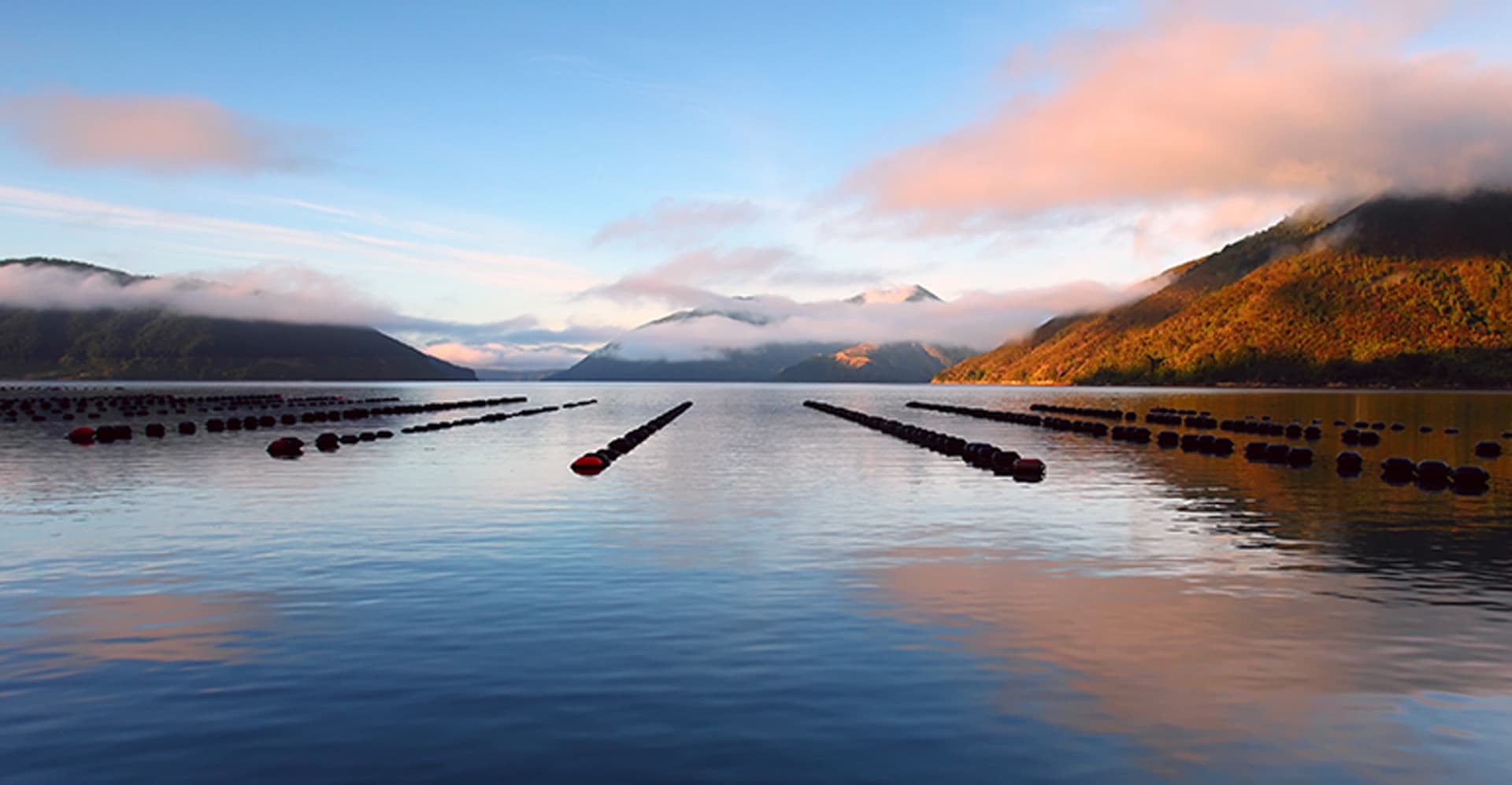
Frameworks for achieving and maintaining social licence
We investigated the use of the term ‘social licence’ in Aotearoa New Zealand and what factors influence social licence.
More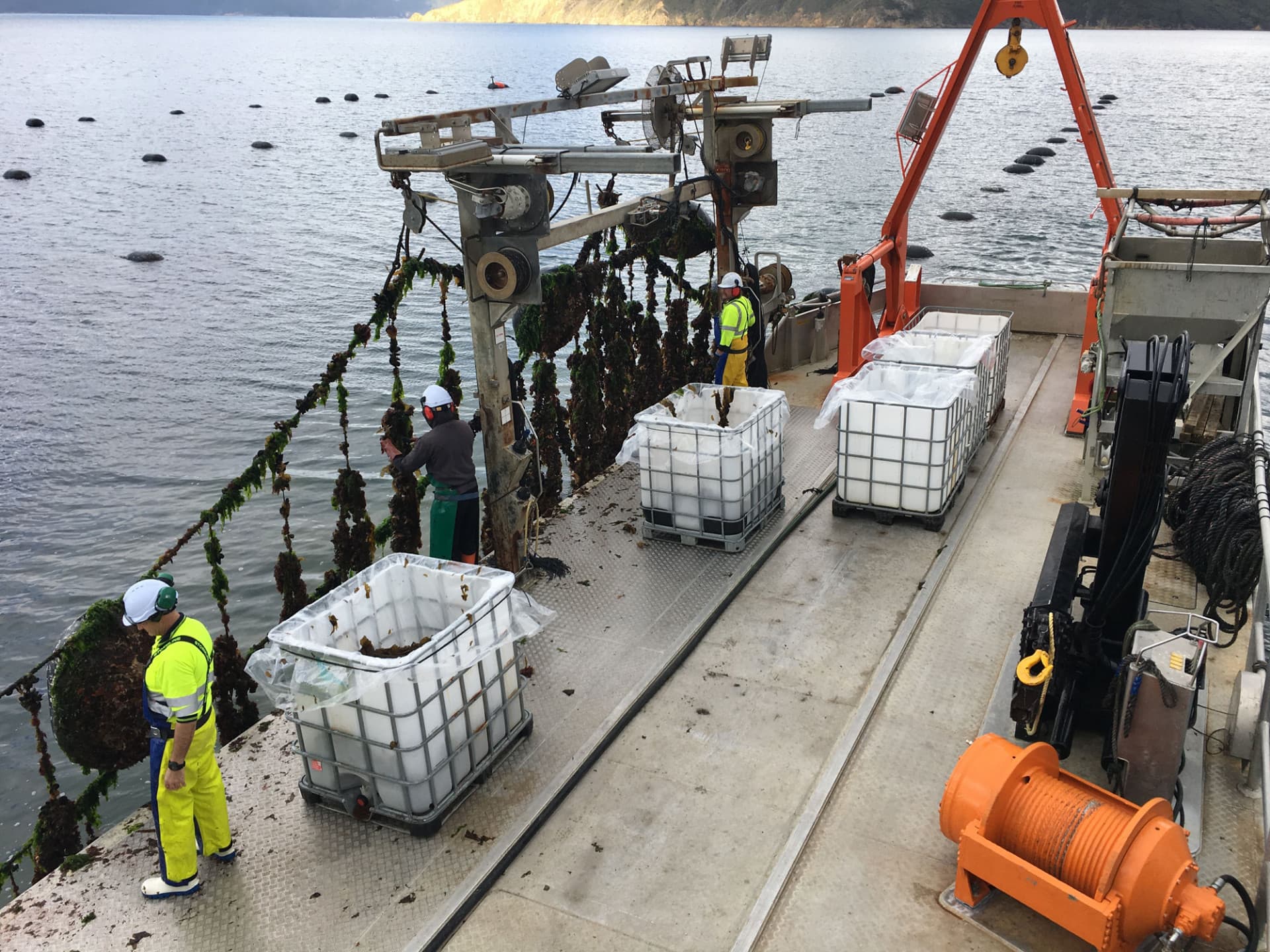
Creating value from a blue economy
We studied initiatives to create economic value from sustainable marine activities that are based on healthy ecosystems. We used the findings to map and model a blue economy.
More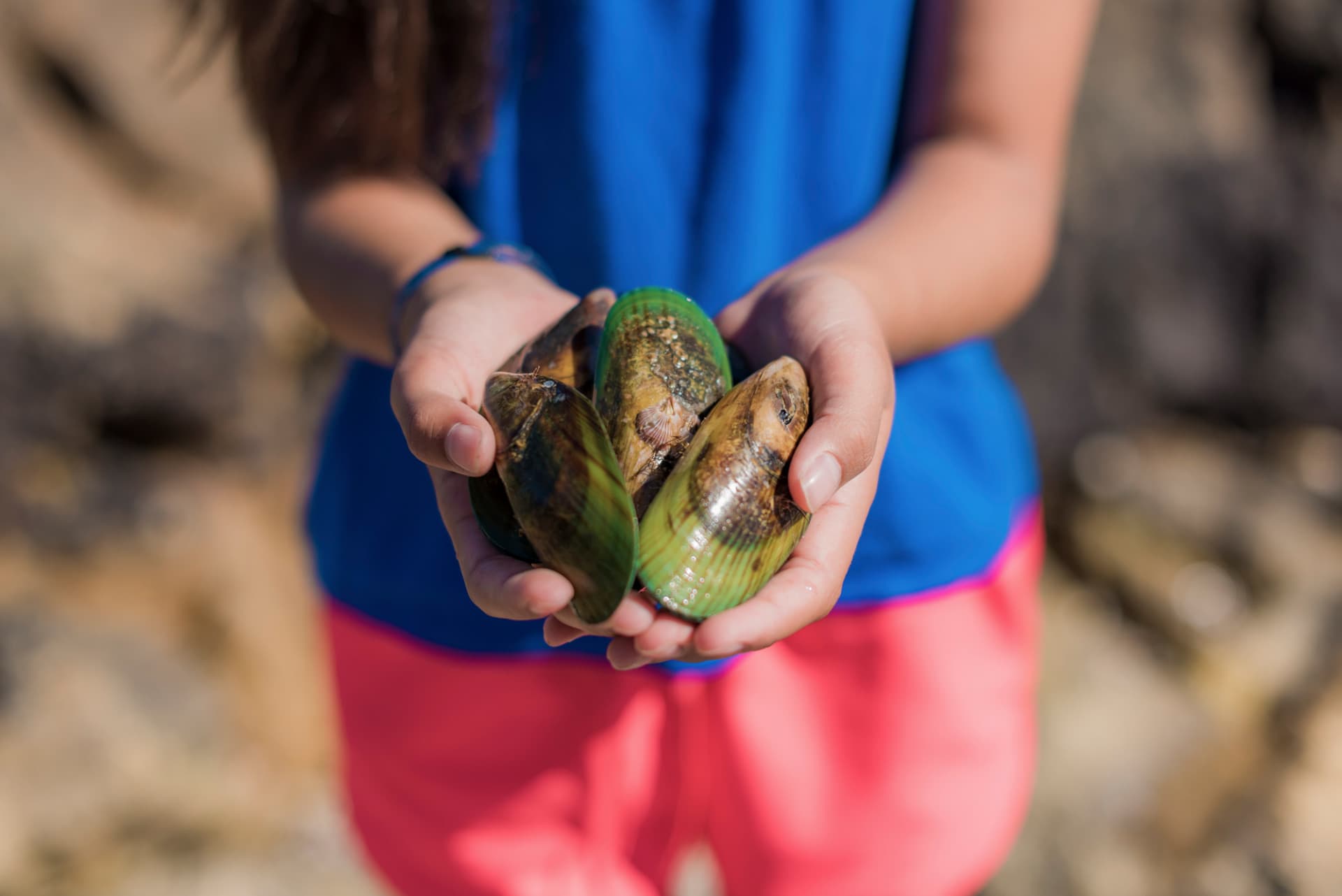
Ocean acidification mitigation strategies for the mussel industry
We tested techniques to raise the pH of coastal waters around mussel farms to improve shellfish growth.
More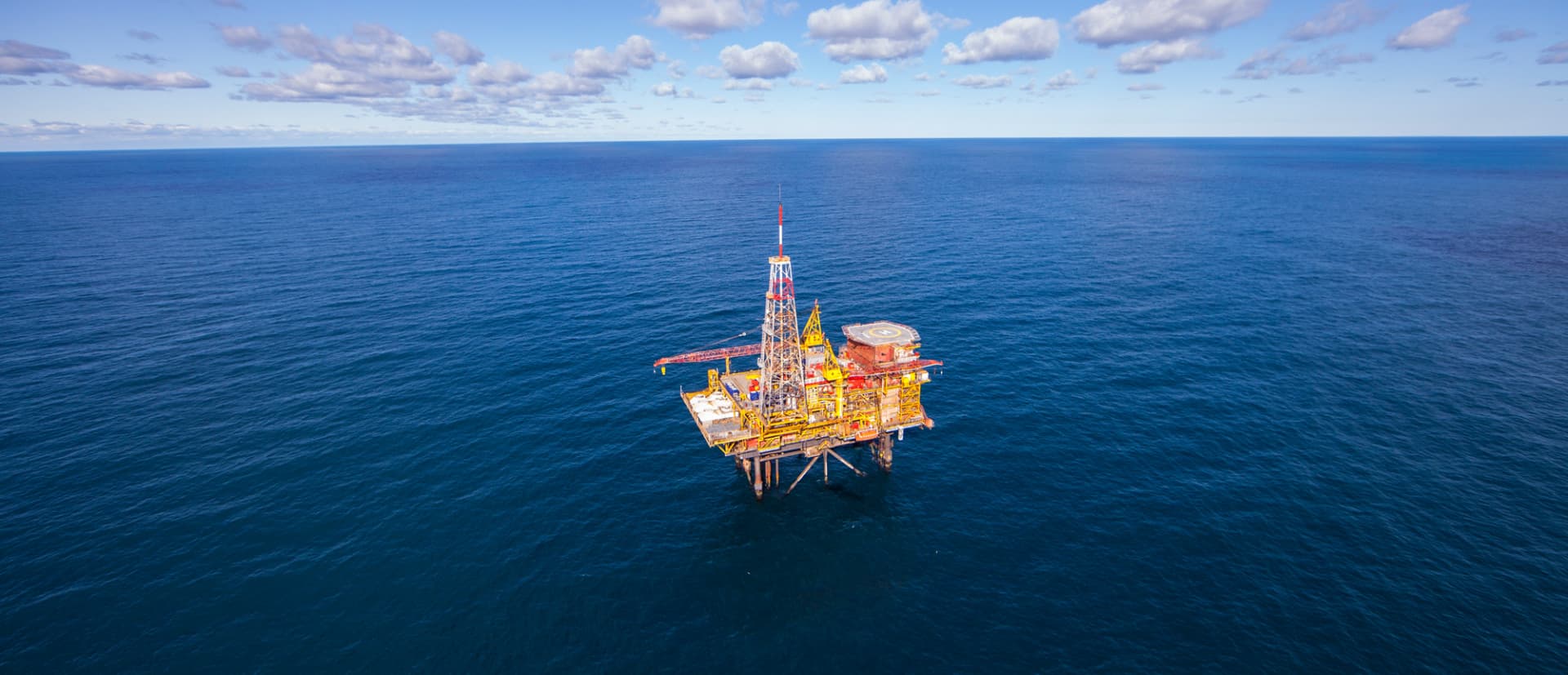
Re-use of offshore infrastructure and platforms: assessing value to communities, industry and the environment
We investigated the regulatory, social, economic and environmental considerations relating to decommissioning offshore oil and gas infrastructure in Taranaki, New Zealand.
More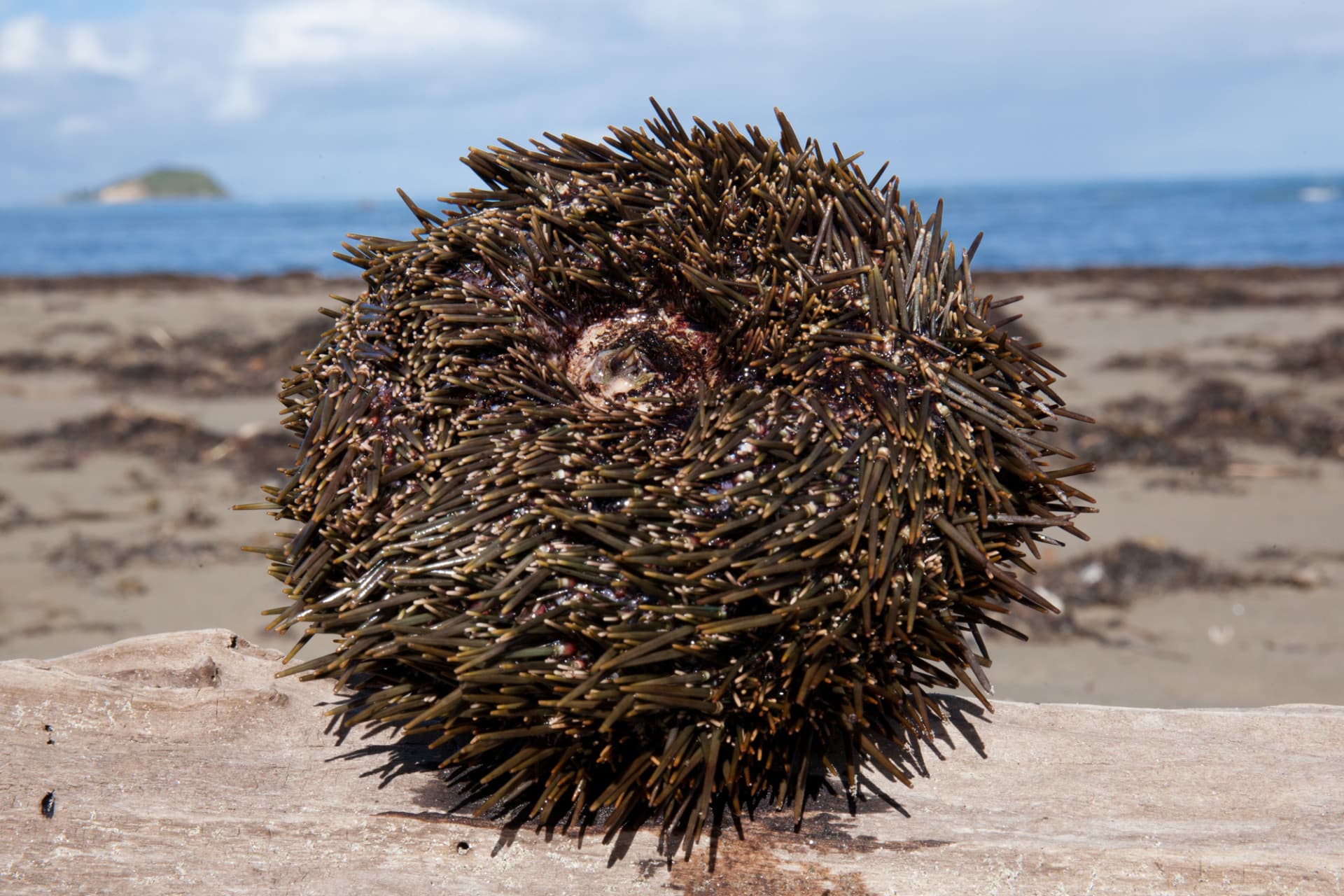
Huataukīna tō iwi e: Developing marine bioactives from kina
We worked collaboratively with hapū in Tairāwhiti to develop bioactives from kina.
More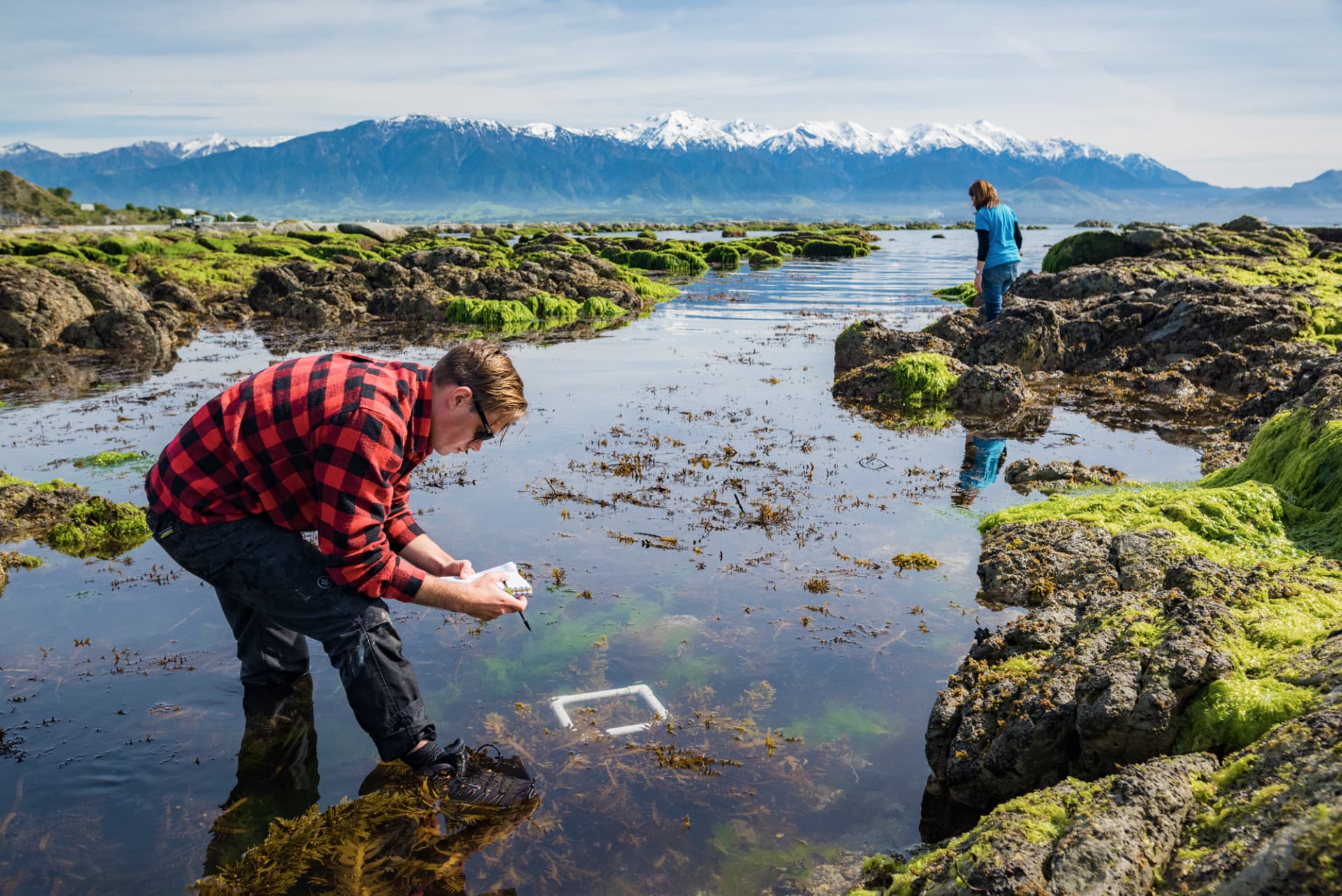
Defining rocky reef tipping points associated with the Kaikōura earthquake
We investigated the recovery and resilience of kelp forests associated with the 2016 Kaikōura earthquake.
More
Whai Rawa, Whai Mana, Whai Oranga: Creating a world-leading indigenous blue economy
This research built a foundation for a world-leading indigenous blue economy in Aotearoa New Zealand.
More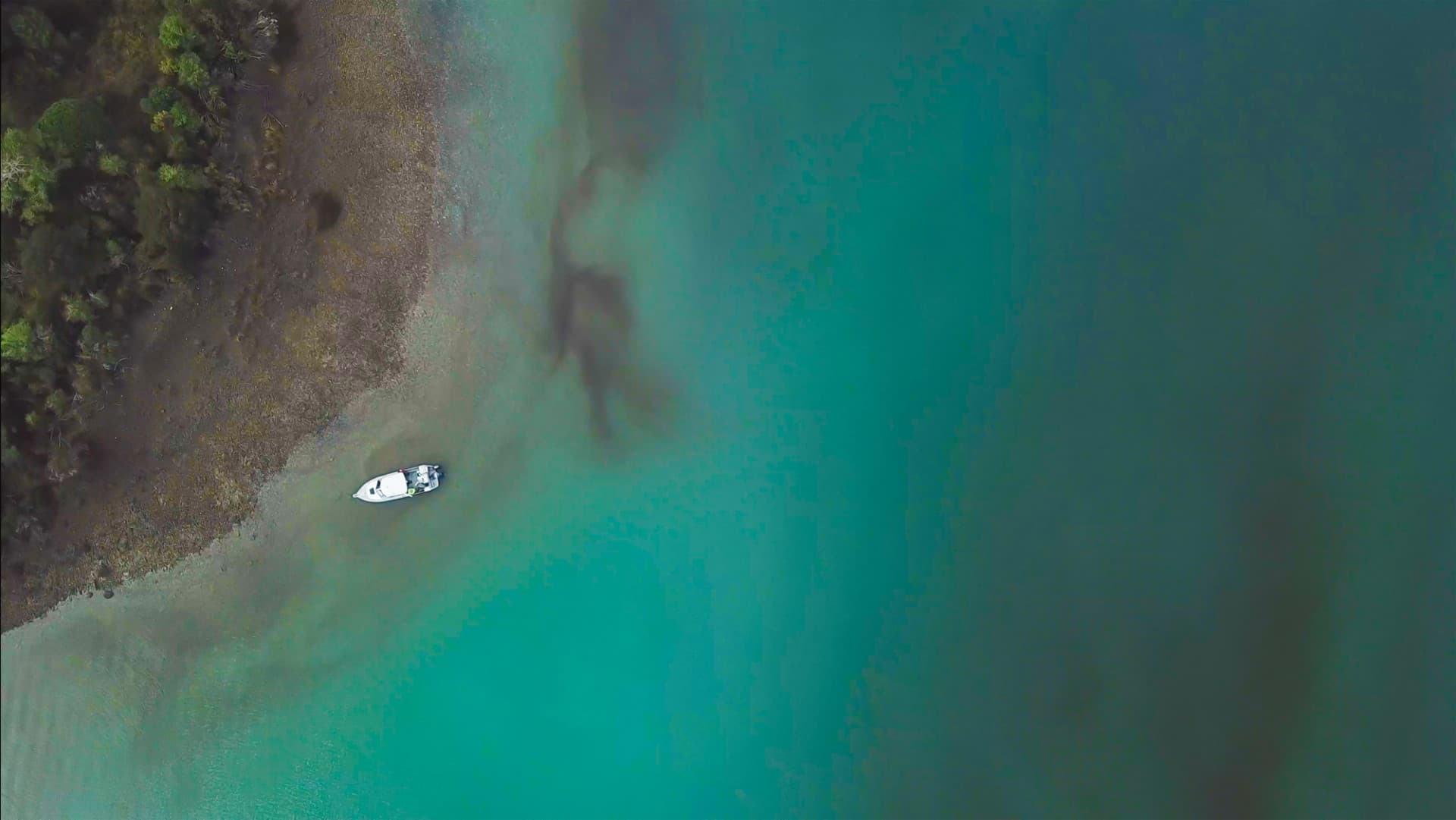
Early detection of harmful algal blooms
We trialled two innovative technologies to detect and monitor harmful algal blooms in coastal waters
More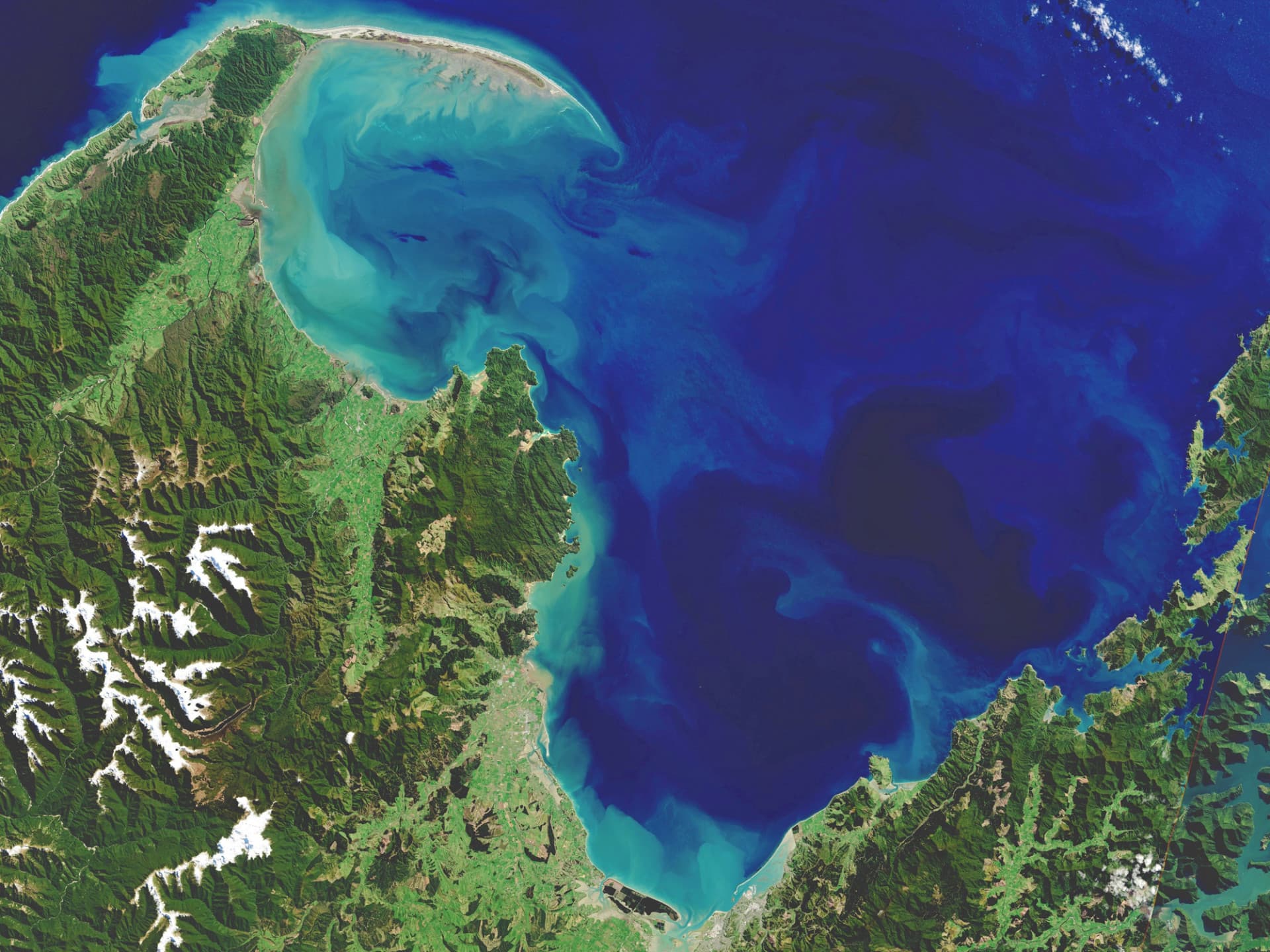
Forecasting contamination risk for shellfish harvest and beach use
We have developed a near real-time forecasting tool for Tasman and Golden Bays to help predict when aquaculture sites and beaches are safe to access.
More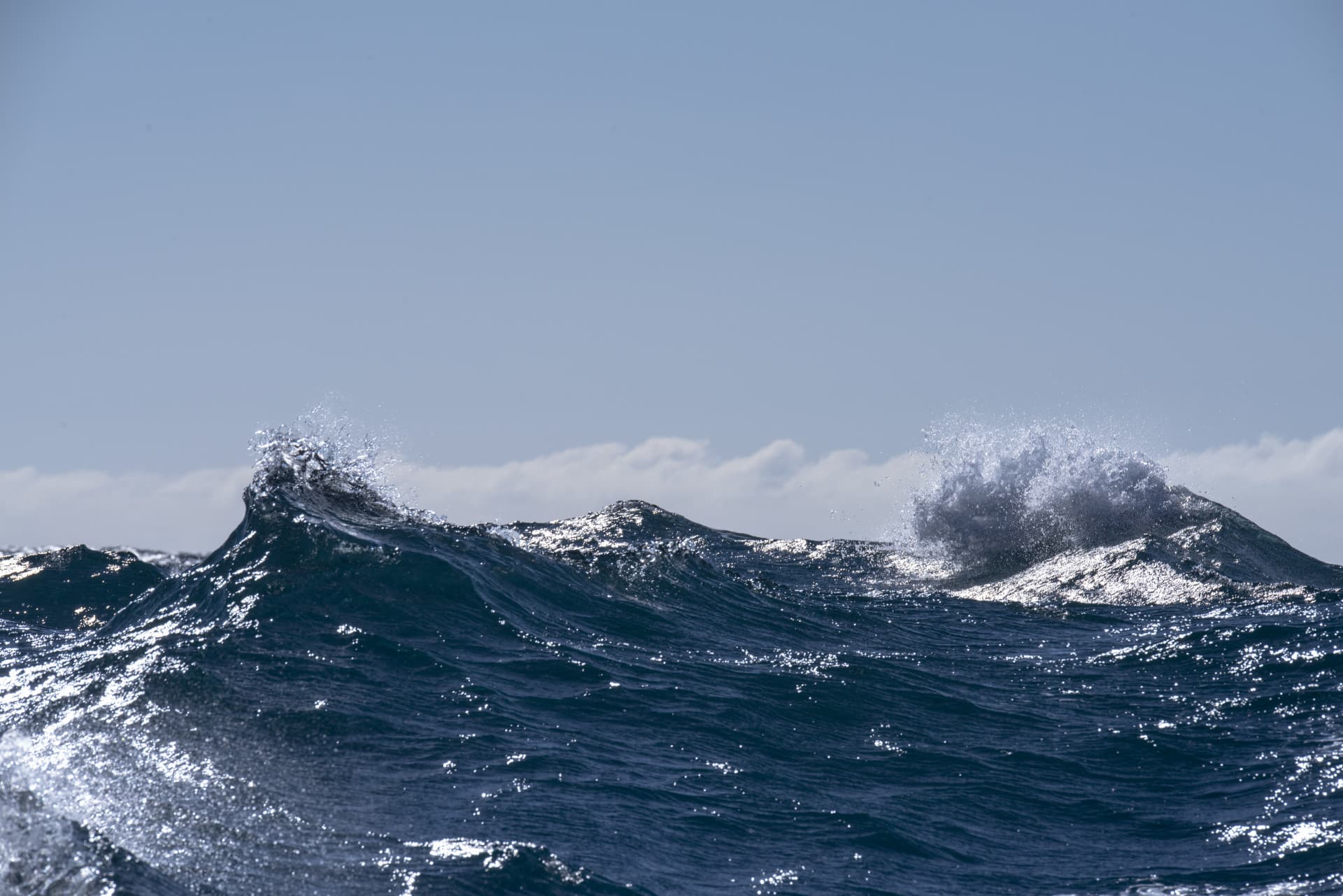
Energy from tidal currents - Kick-starting a new marine industry with huge potential
We investigated whether generating electricity from the strong tidal currents within Cook Strait is viable for Aotearoa New Zealand.
More
Measuring ecosystem services and assessing impacts
We developed new ways to measure and map the ecosystem services provided by marine ecosystems.
More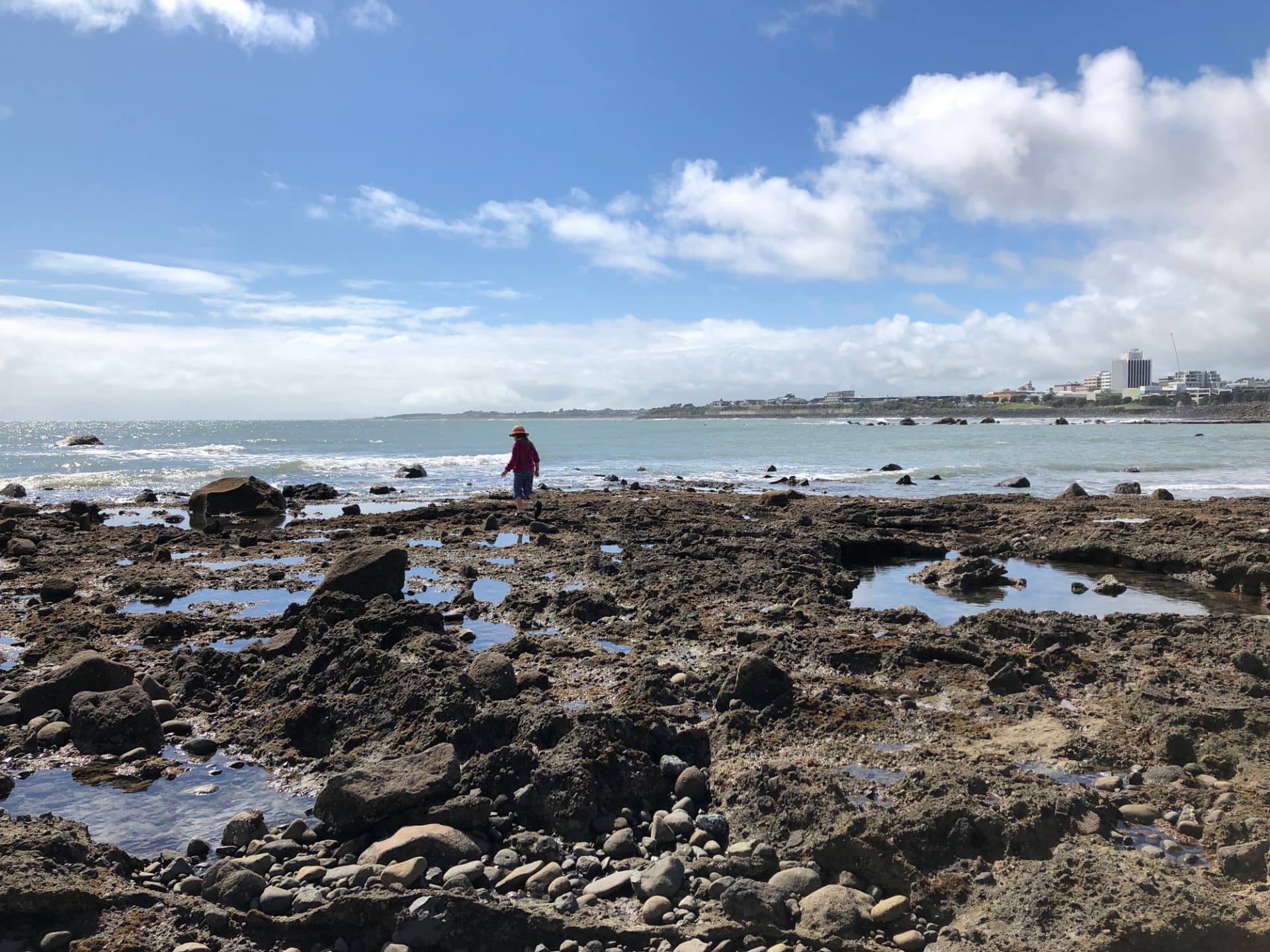
Testing participatory processes for marine management
We identified the best ways to involve interested parties in decision-making about the governance and management of marine environments.
More
Repository of knowledge: mātauranga Māori
We investigated the concept of a digital repository to manage mātauranga Māori gathered by the Challenge.
More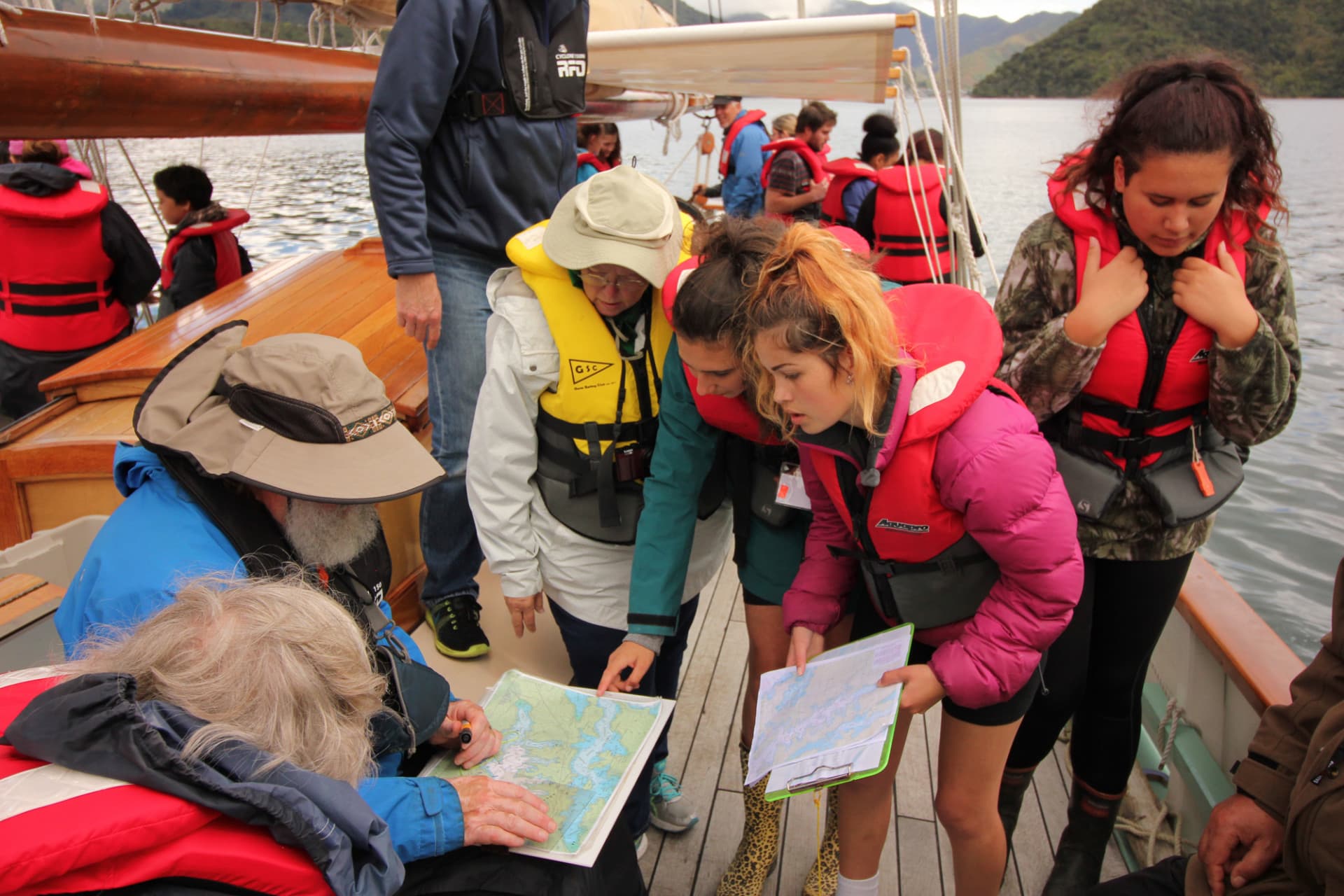
EBM-enabling narratives for New Zealand
This project developed multimedia resources that can be used to explore what EBM for Aotearoa New Zealand looks like now, and how it could look in the future.
More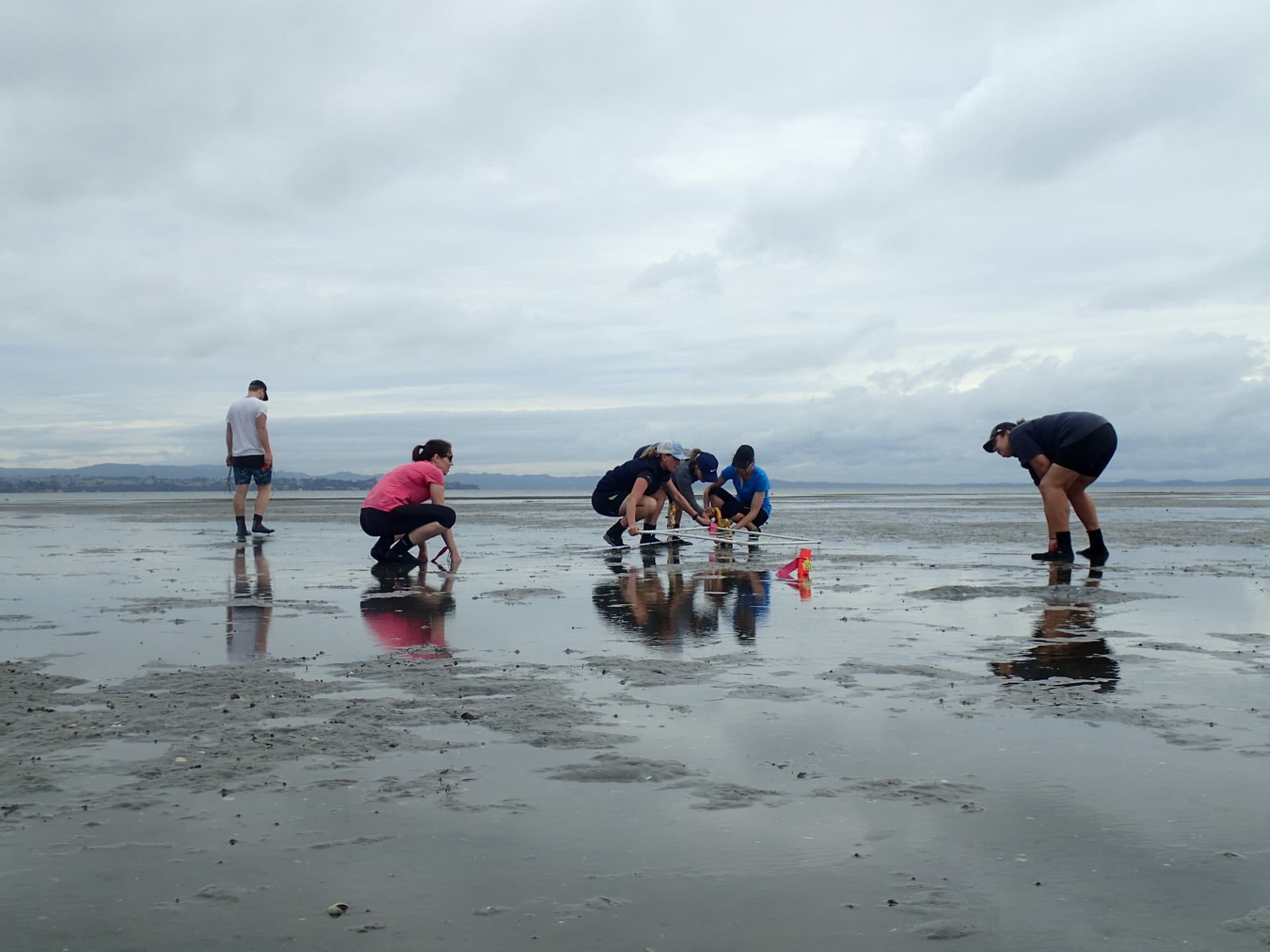
Tipping points in ecosystem structure, function and services
We investigated how marine ecosystems respond to change, and identified tipping points, risks and ways of managing them.
More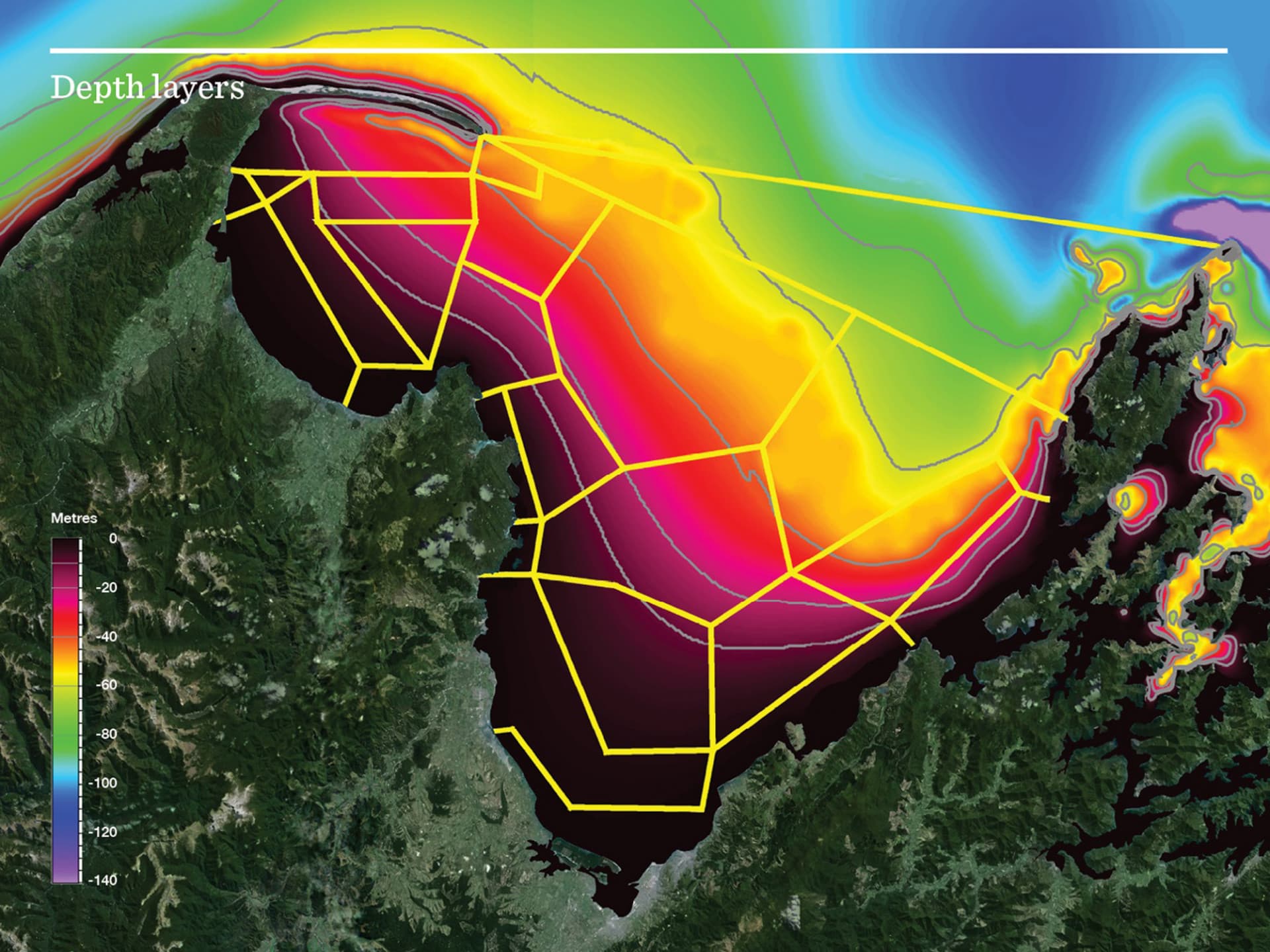
Ecosystem models
We developed simulation models for the Tasman and Golden Bays marine ecosystem to test what is likely to happen in different scenarios.
More
Participatory tools
We are developing web-based tools to enable New Zealanders to interact with and use knowledge generated by our research.
More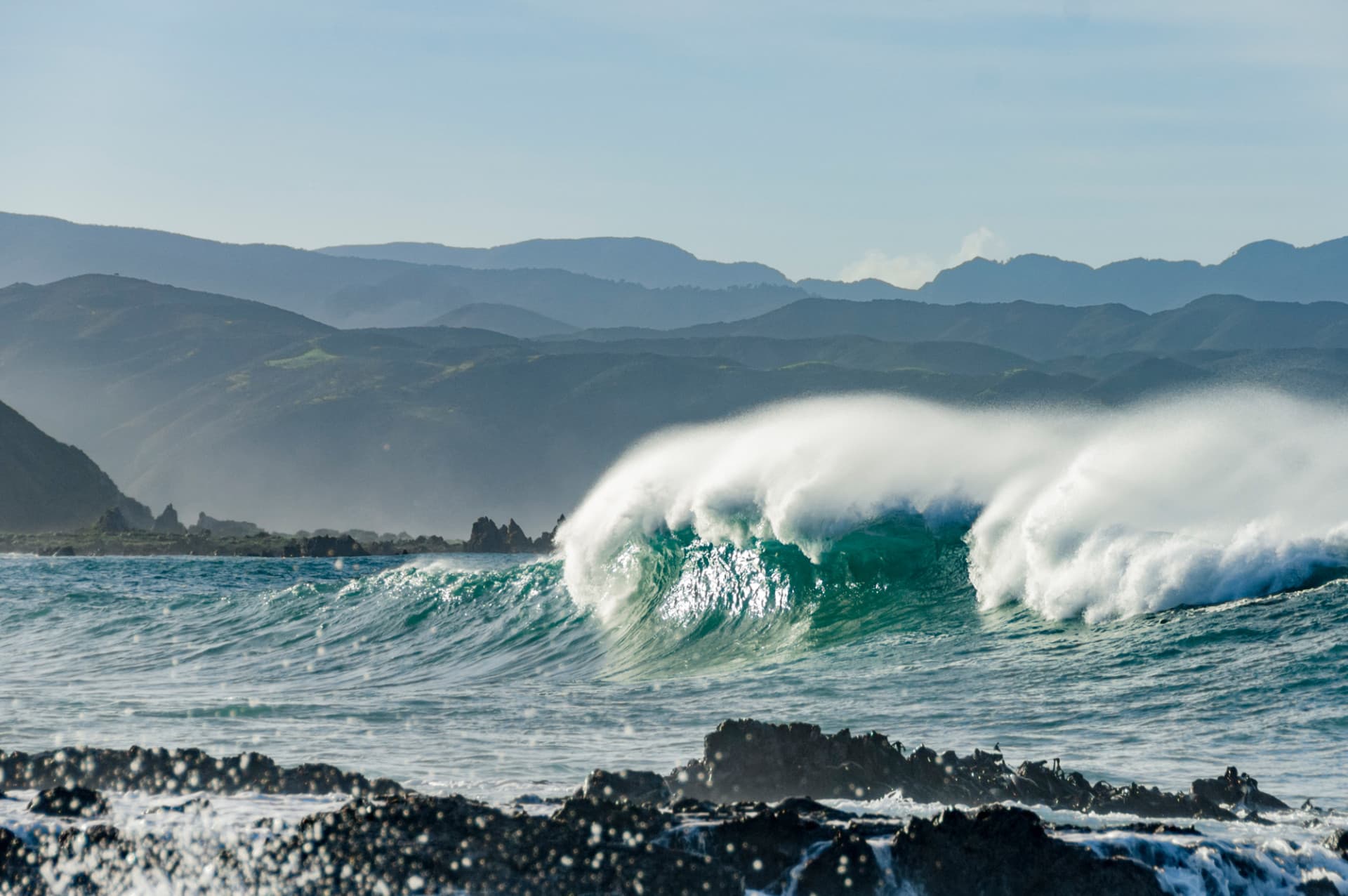
Enabling inter-agency collaboration on cumulative effects
We produced guiding principles to help decision-makers manage the cumulative effects of human activities and natural events on the marine environment.
More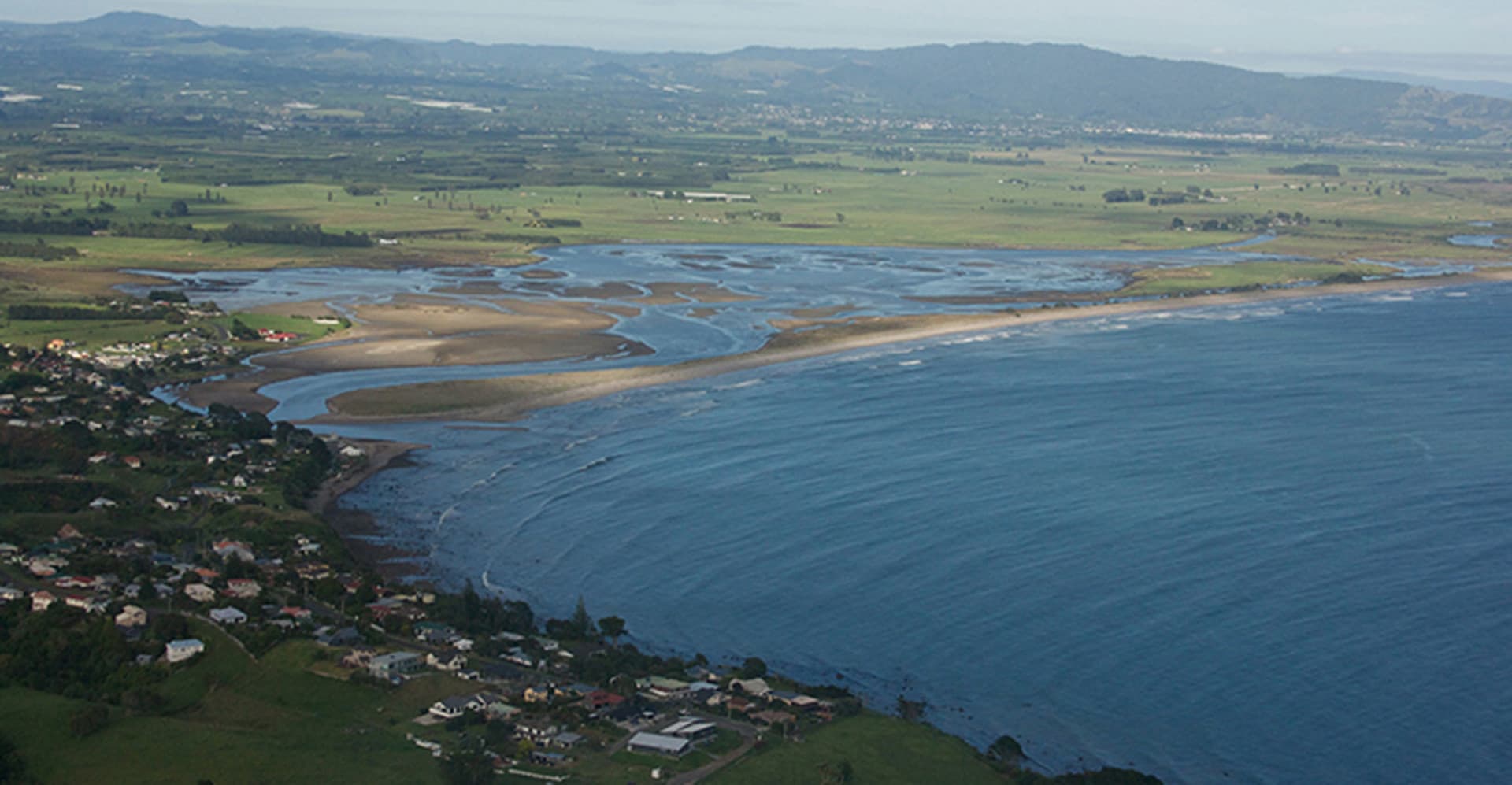
Participatory processes for marine ecosystem restoration
We examined how the Kaituna River re-diversion strategy was developed, to identify success factors in stakeholder and iwi engagement that could be applied in other marine resource contexts.
More
Navigating marine social-ecological systems
We aimed to identify and/or improve our understanding of institutional, social and cultural factors that need to be incorporated into EBM for it to be successfully used to manage Aotearoa New Zealand’s marine resources.
More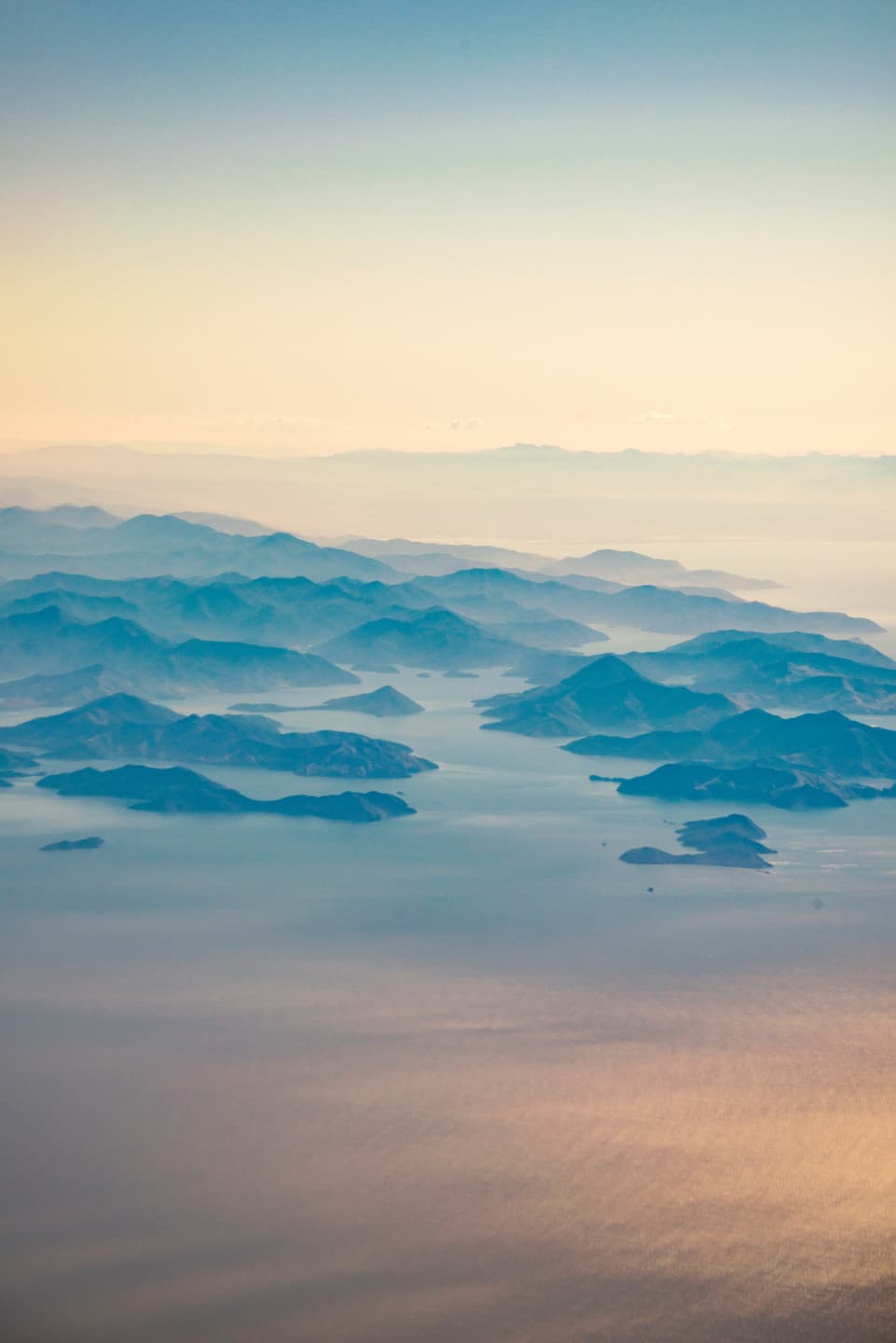
Development of valuation frameworks and principles
We identified frameworks and principles for recognising the multiple values of the marine environment to support EBM.
More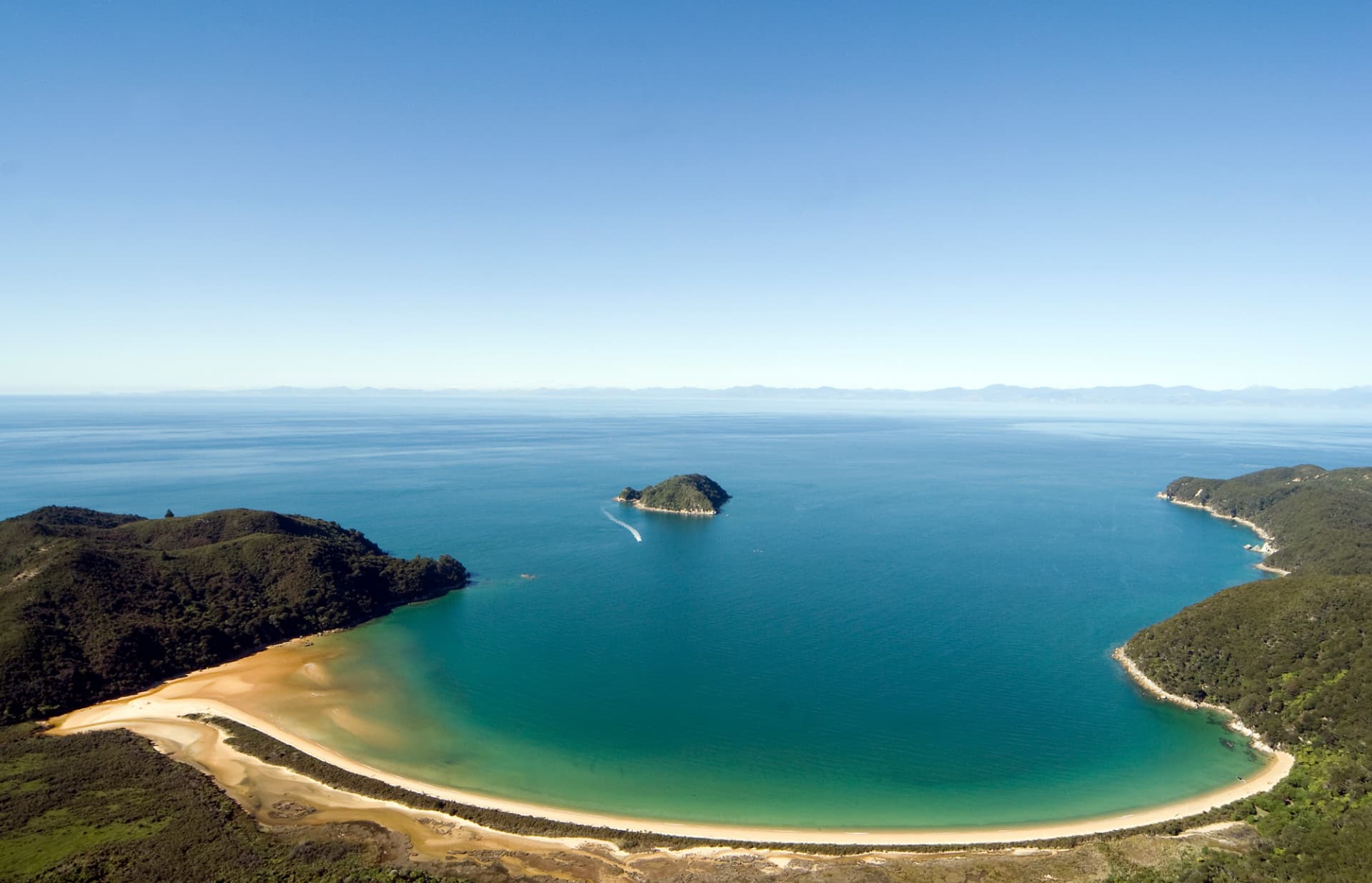
What could EBM look like in Tasman and Golden Bays?
We are investigating how to successfully put EBM into practice in Aotearoa New Zealand’s marine environment.
More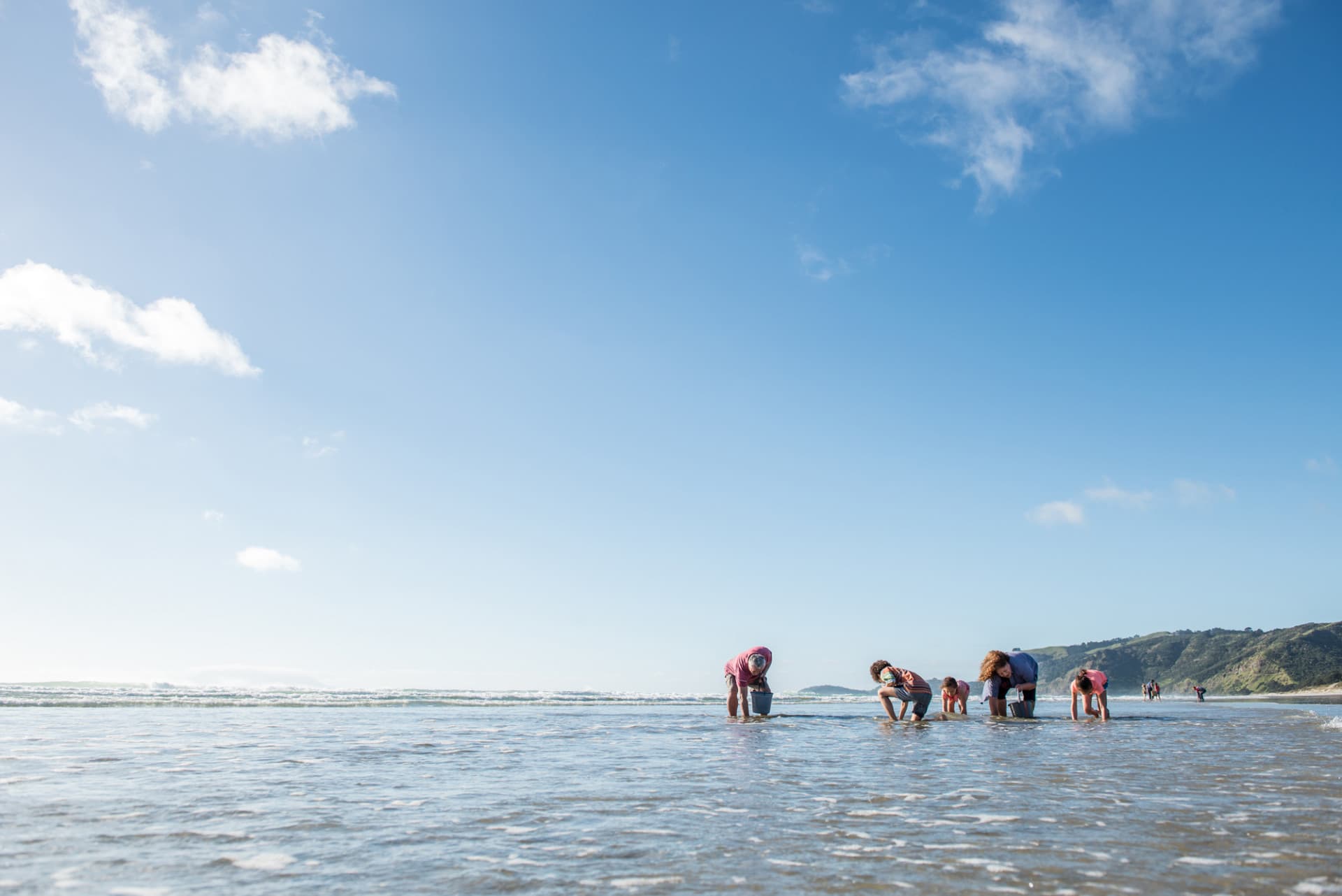
EBM within Aotearoa New Zealand’s existing legislative framework
We investigated how well EBM aligns with Aotearoa New Zealand’s legislation, policy and governance relating to the marine environment.
More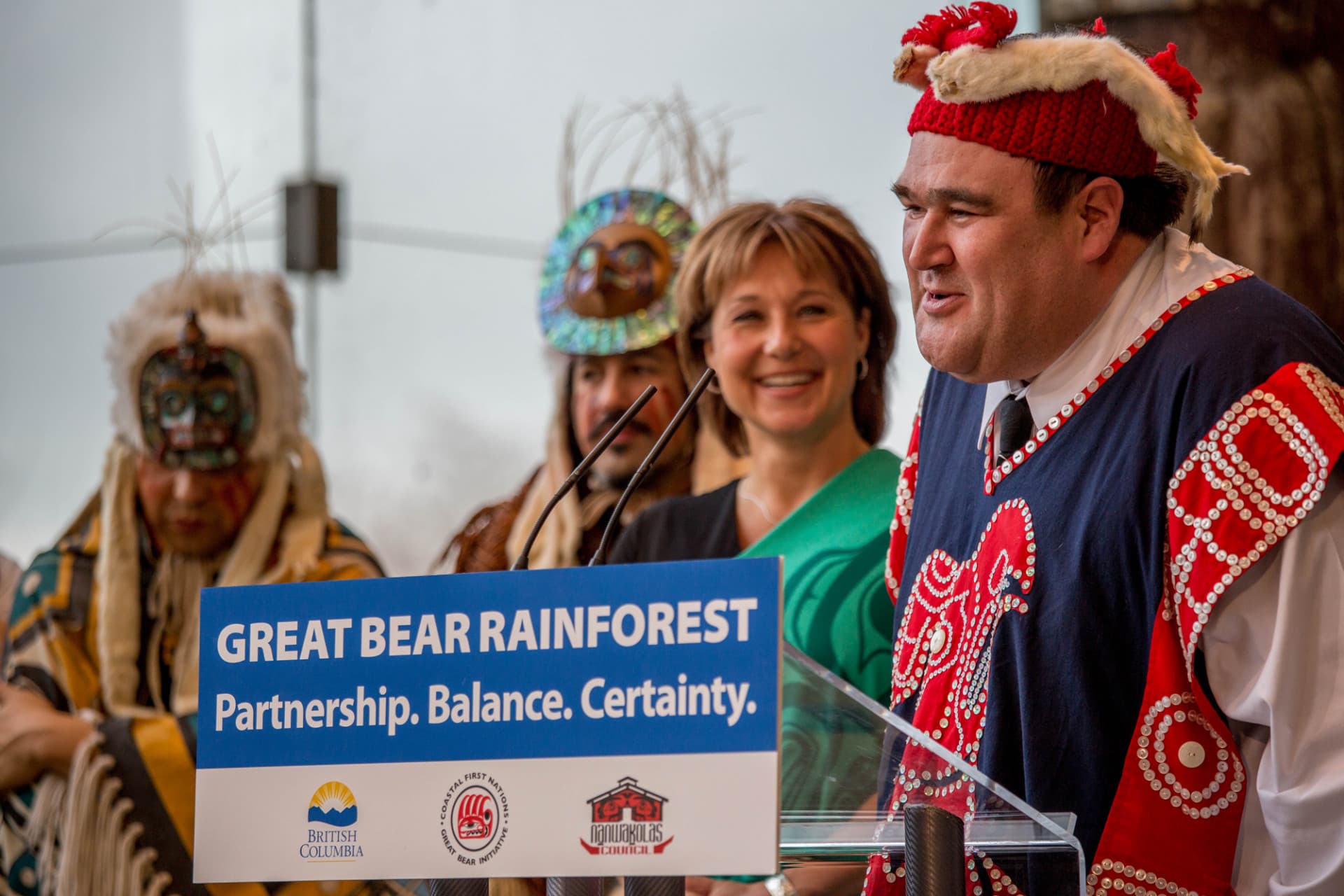
Incorporation of indigenous approaches to guardianship in Canada
We evaluated how indigenous approaches have been incorporated into Canada’s marine resource management policies.
More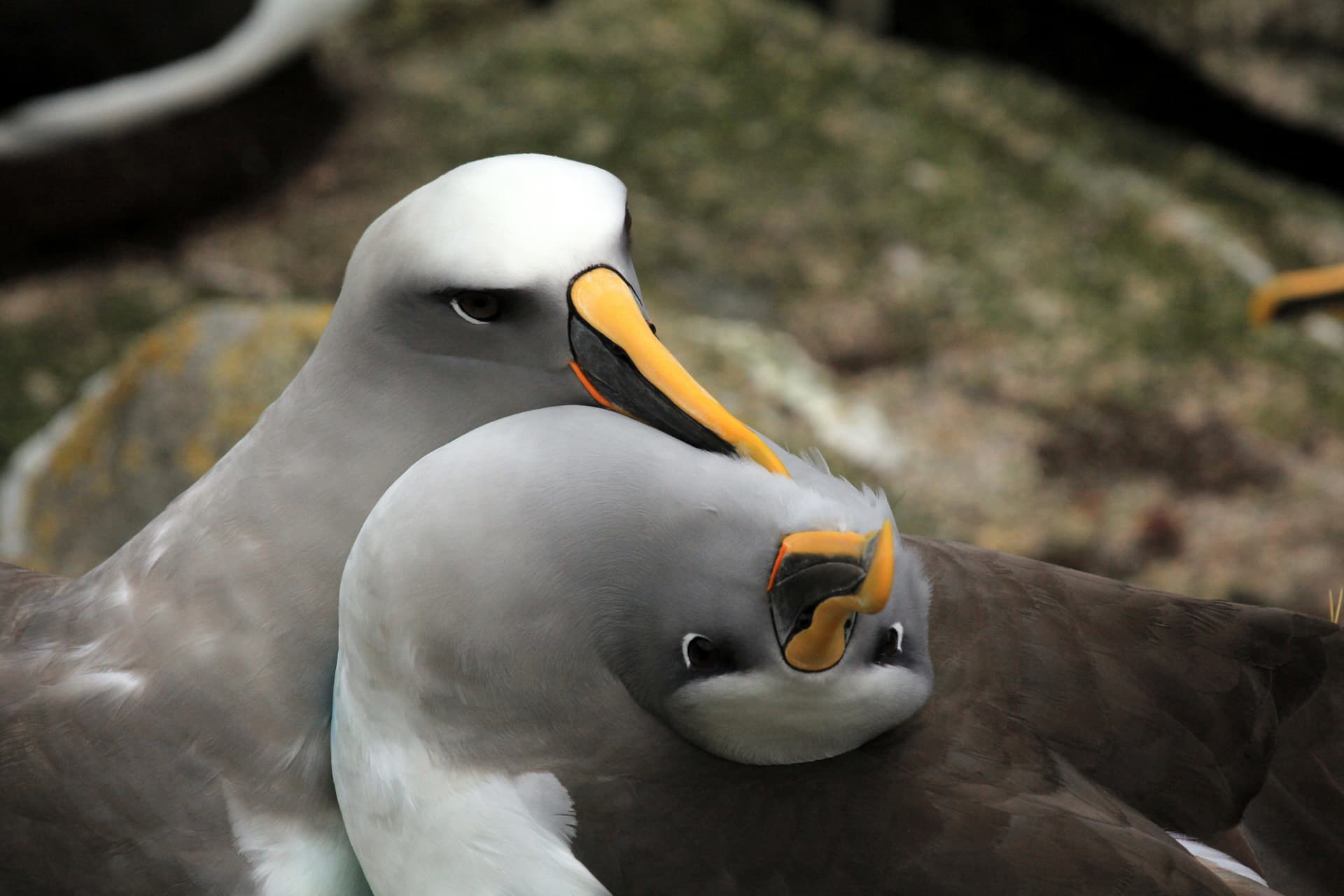
Defining marine habitat use by seabirds
We investigated whether a range of different mathematical models accurately reflect seasonal seabird distributions in Aotearoa New Zealand waters.
More
Novel risk assessment tools for EBM
We are reviewing new methods to help assess and manage risks to Aotearoa New Zealand’s marine ecosystems.
More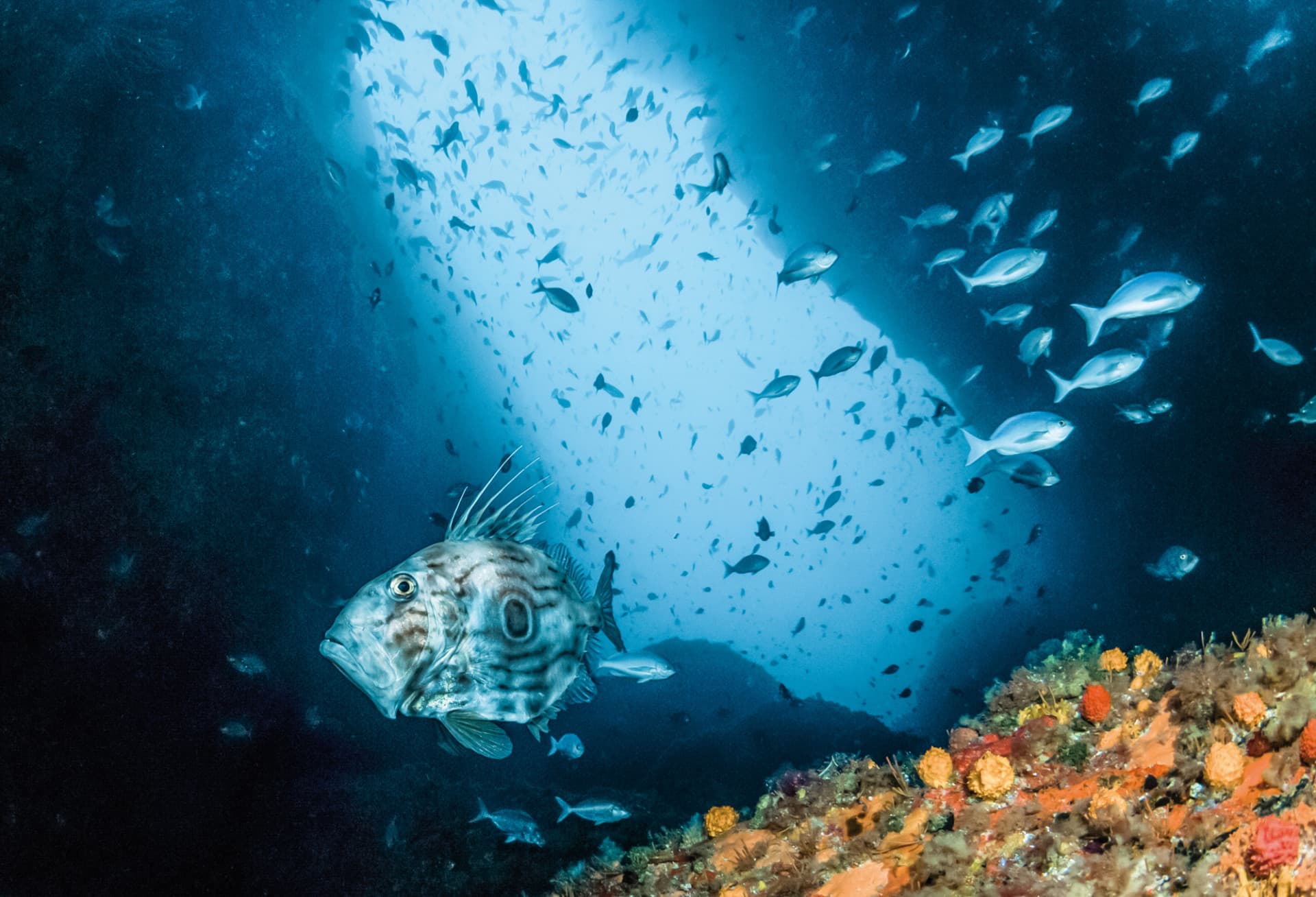
Spatially-explicit decision support tools
We developed tools to help decision-makers explore how best to use and share marine spaces.
More
Estimating historic effects from sedimentation and fishing
We are investigating how historical and contemporary changes to sedimentation and bottom contact fishing may influence fisheries in Tasman Bay.
More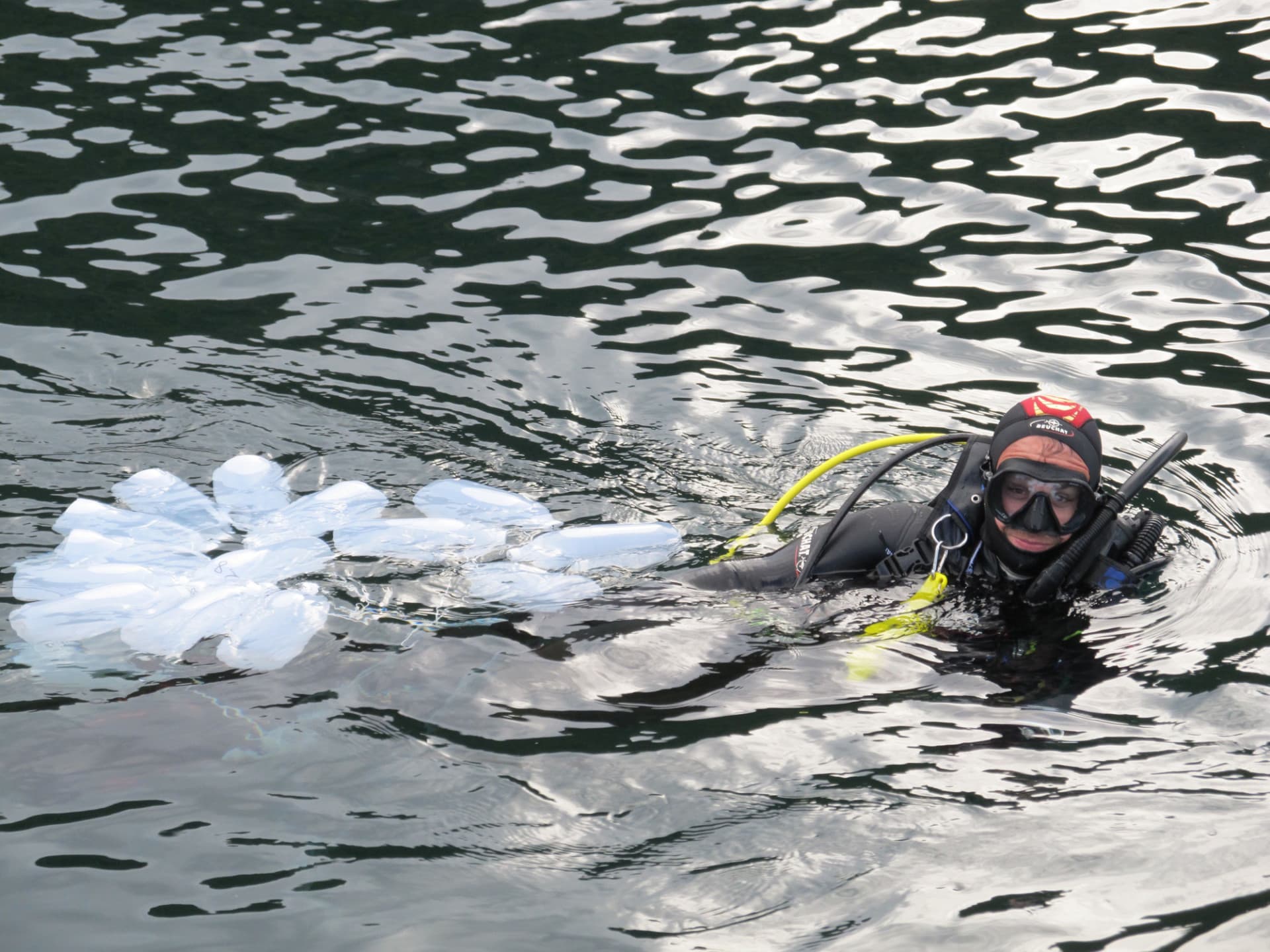
Quantifying marine biodiversity using environmental DNA
We have developed an innovative way to detect species in the sea using environmental DNA (eDNA) extracted from water samples.
More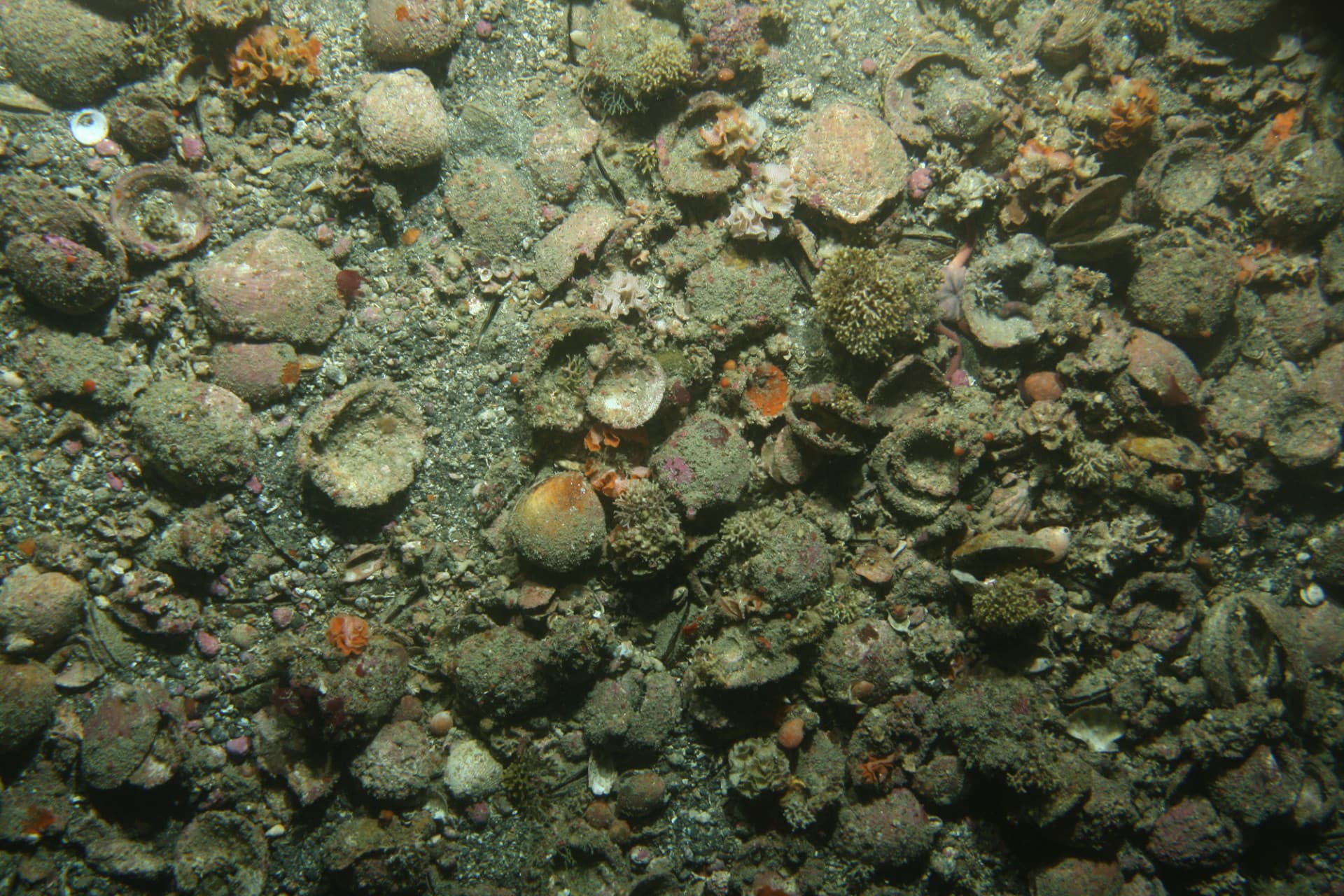
Sediment tolerance and mortality thresholds of benthic habitats
We investigated the effects that suspended sediment from human activities has on the health and survival of deep water species in the South Taranaki Bight.
More
Submarine canyons: connecting coastal and deep-sea ecosystems
We investigated how well submarine canyons transport materials from the land into deeper waters surrounding Aotearoa New Zealand.
More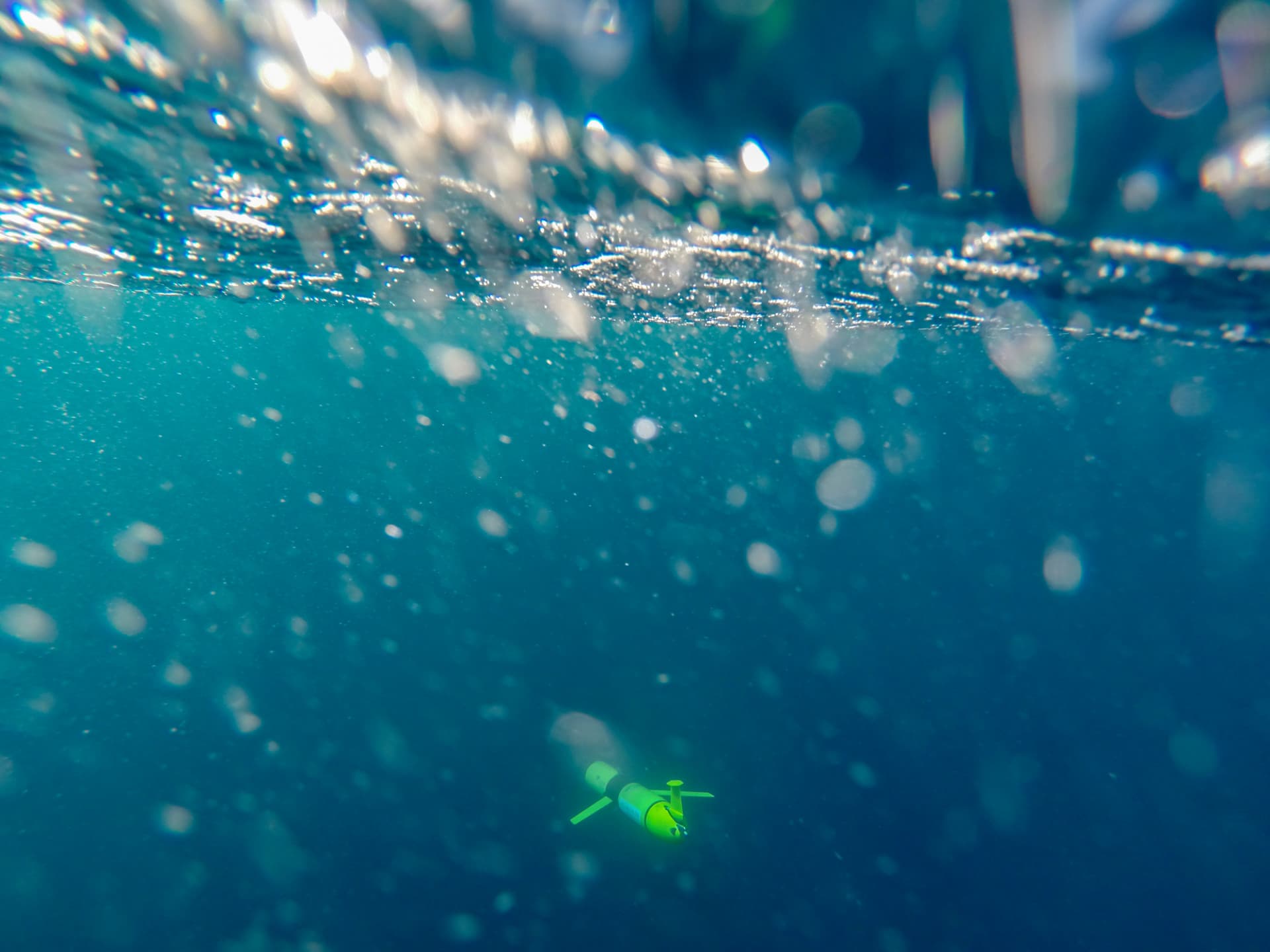
Stressor footprints and dynamics
We investigated how coastal waters and oceans mix and transport materials that can stress marine ecosystems.
MoreEcosystem connectivity: tracking biochemical fluxes to inform EBM
We traced the fate of water and sediments from land through coastal food webs, evaluating connections between coastal and deep sea habitats, and identified the effects of key coastal developments (such as aquaculture) on food web connectivity.
More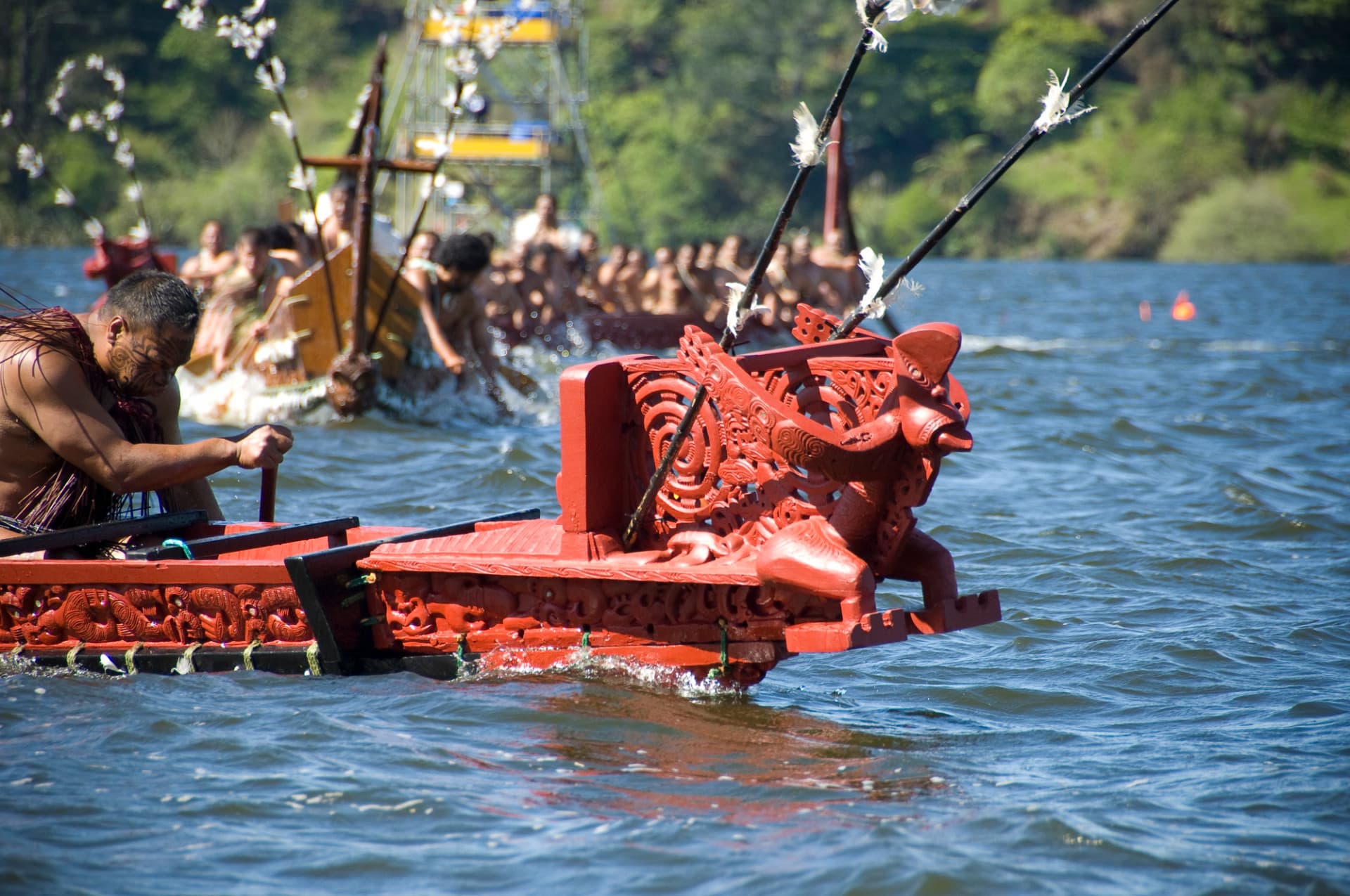
Whaia te Mana Māori Whakahaere Tōtika ki Tangaroa – in pursuit of Māori governance jurisdiction models over marine resources
We explored and developed innovative governance tools for the marine environment while enhancing relationships between Māori, the Government and industry.
More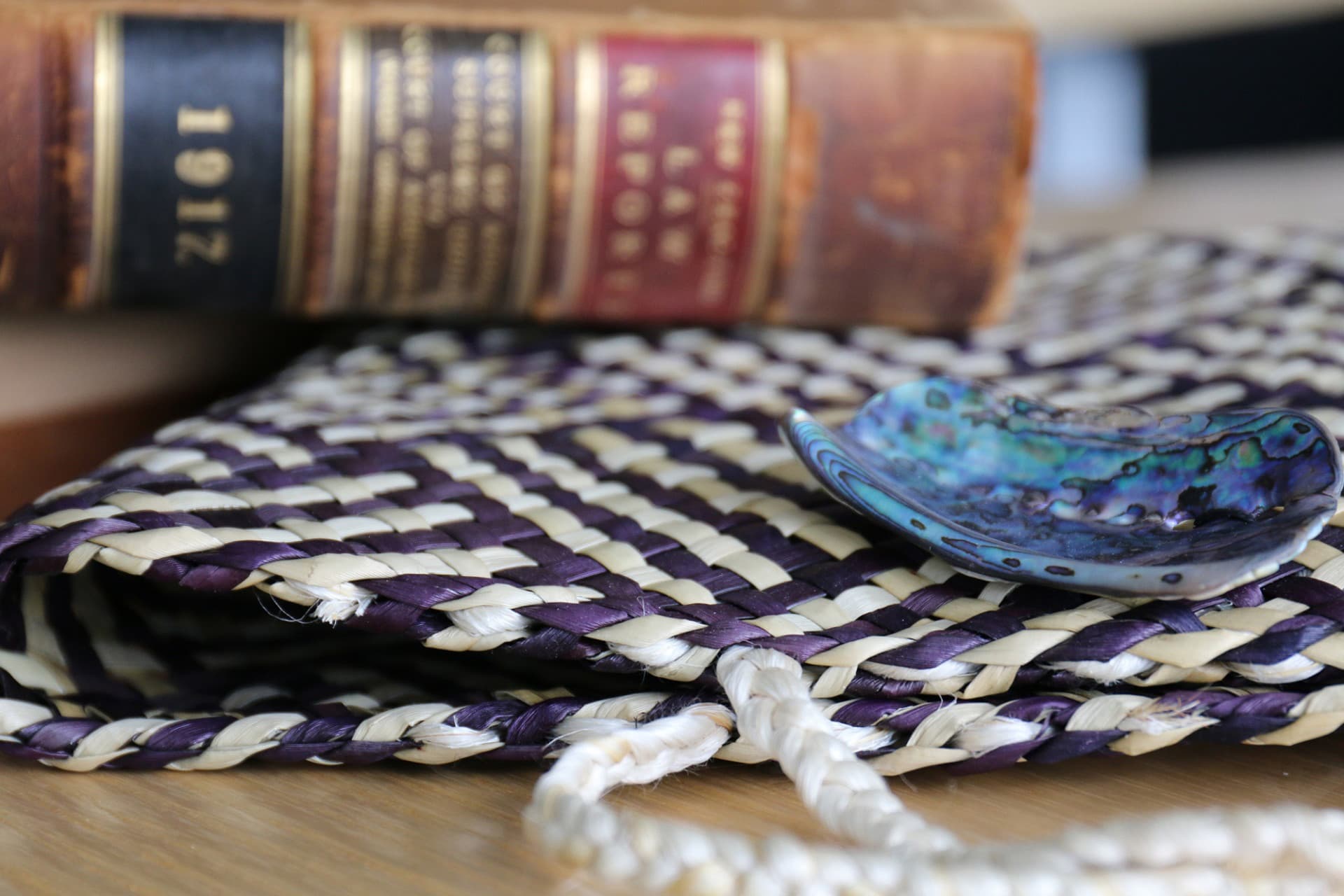
Tūhonohono: tikanga Māori me te Ture Pākehā ki Takutai Moana
We investigated how mātauranga and tikanga Māori and New Zealand law can be applied in the marine estate.
More
Tāhuhu Matatau Te Ao Tangaroa: Empowering the kaitiaki of Ngā Whare Tokotoru ki Katikati with mātauranga from Aotearoa and beyond
We collaborated with Māori communities to review scientific information that may support the expression of kaitiakitanga and other kaupapa tuku iho linked with the domain of Tangaroa.
More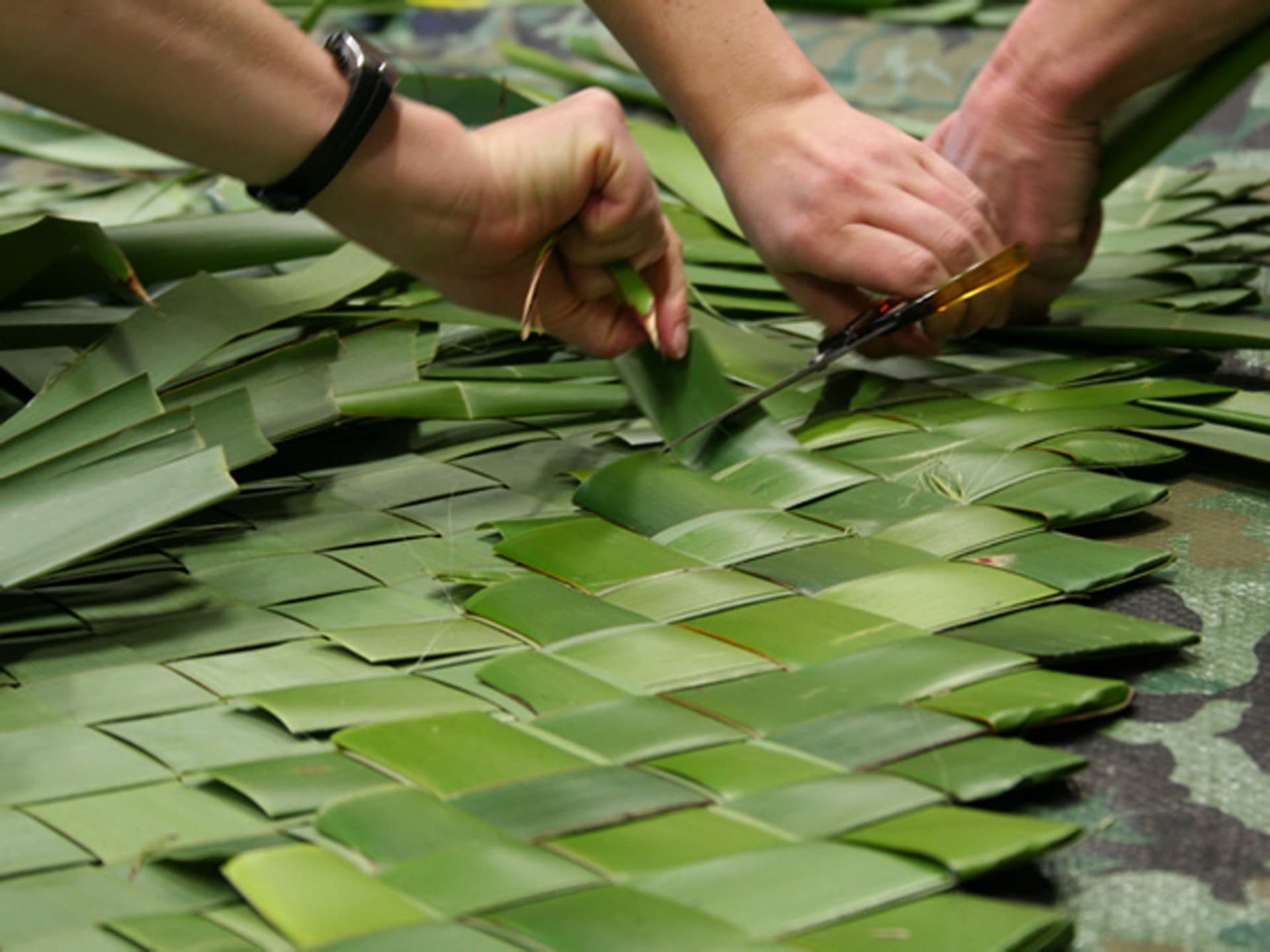
He Pou Tokomanawa: kaitiakitanga in practice in our marine environment
We developed a culturally-relevant pathway to enable mana whenua iwi to evaluate and contribute to management of Aotearoa New Zealand’s marine environment.
MoreHui-te-ana-nui: Understanding kaitiakitanga in our marine environment
We have examined mātauranga Māori associated with the marine environment by analysing key texts, historical archives, literature, reports and legislation.
More
New blue economy in Kaikōura: a participatory process approach
This project aims to help the Kaikōura community and businesses build a sustainable blue economy as they recover from the 2016 earthquakes.
More
Mauri Moana, Mauri Tangata, Mauri Ora
We explored ways to assess the values New Zealanders hold for the marine environment.
More